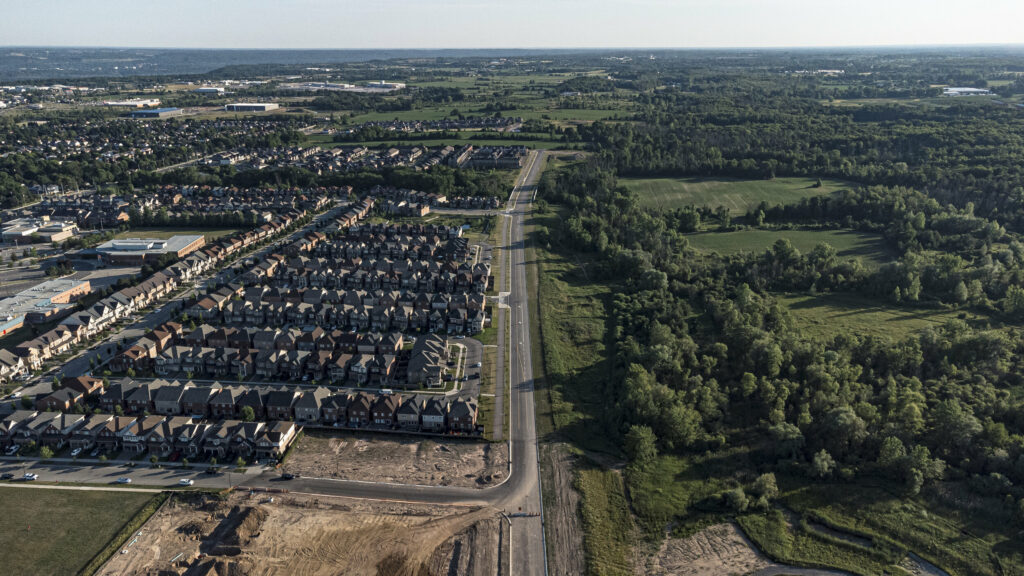Teddy Roosevelt, before he became Commissoner of Police, hired to clean up the corruption in the police department, which had even fought a deadly civil war between competing departments, was first offered the job of cleaning the streets. He turned it down. “No one can clean up that mess,” he declared.
Even though it was illegal, the city pushed the manure into the harbor or onto barges and had it dumped at sea where it washed up on the beaches of Long Island, making the residents irate. The situation was so bad that bars of manure formed in the river that capsized ships and halted navigation requiring constant dredging. It was an absolute disaster.
The problem was solved in stages but it was actually the electric subway car and the invention of automobiles that saved the city, and cities worldwide, though in Europe, earnest efforts at sanitation had gotten the problem in hand long before the US. The automobile was in its infancy in 1898 with only a handful of electric, steam and gas cars but by 1908, half of all the horses in NYC had been replaced by cars. In fact, the impact on the horse market was so intense that people were frantically selling their horses for any price to the glue factories just to get rid of them. The last horse-drawn fire engine was retired in NYC in 1922 in a great ceremony where the last engine was called on a ceremonial fire call from a box, and they raced from the station for the last time, chased by their Dalmations, to a non-existent fire where the horses were relieved of their jobs, but preserved to live out their lives in a pasture as a reward for their service.
The automobile and a man named Colonel Waring saved NYC. Waring was given absolute dictatorial control over the clean up of the city and fired the Tammany no-shows and had his men dress in white uniforms as they shoveled the manure away, day and night. He even made it a patriotic duty to clean the streets and put in waste baskets and organized trash removal. He was so hailed by the city for his success that a ticker tape parade was held in his honor. But ultimately, it was the automobile that saved the city.






